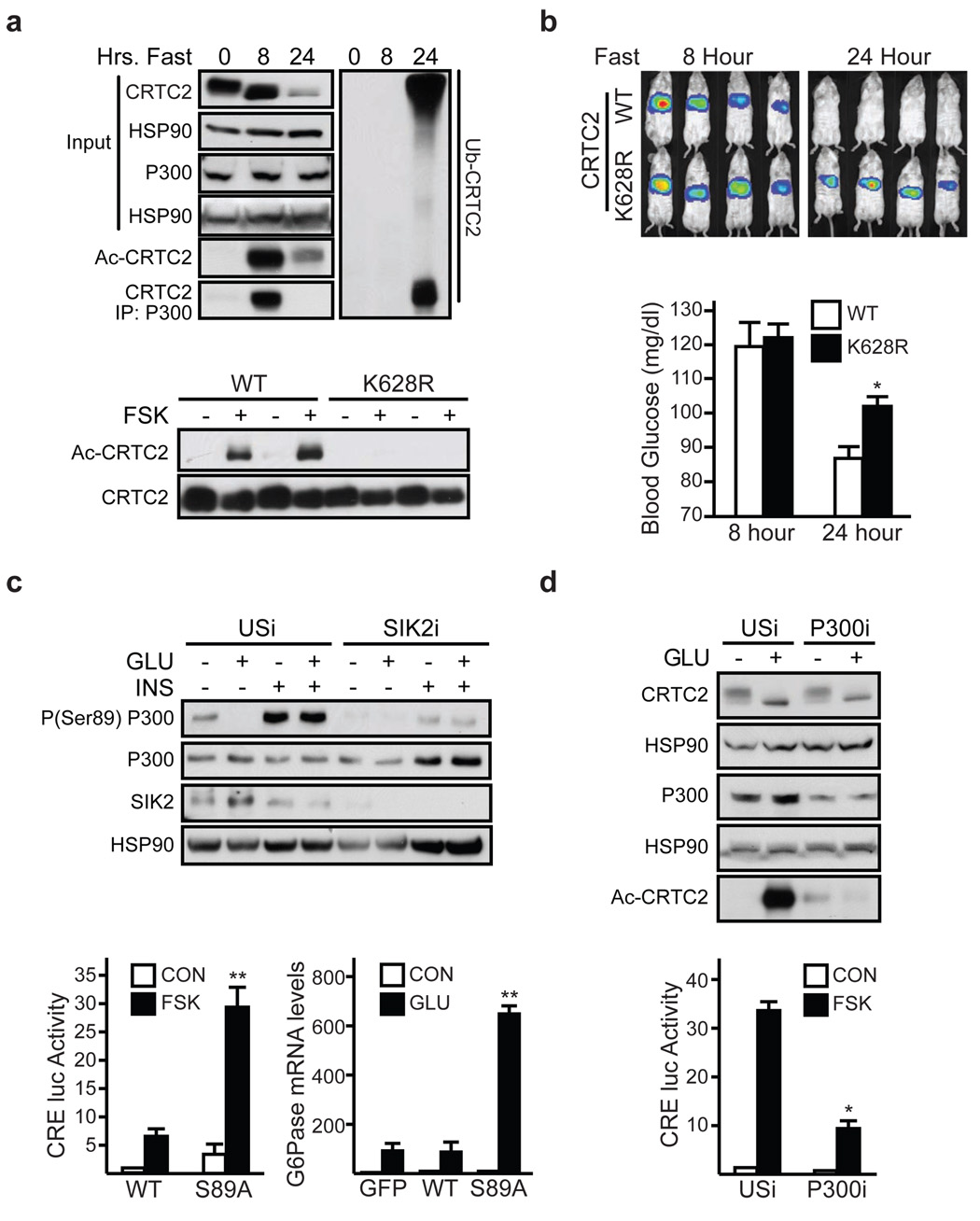Figure 2. CBP/P300 promote CRTC2 acetylation during fasting.
a, Top, immunoblot of acetylated or ubiquitinated hepatic CRTC2 proteins in 8 and 24 hour fasted mice. Recovery of CRTC2 from P300 immunoprecipitates shown. Bottom, immunoblot of acetylated CRTC2 in HEK293T cells expressing wild-type or Lys628Arg mutant CRTC2. Exposure to FSK indicated. b, Hepatic Ad-CRE-luc activity (top) and circulating glucose levels (bottom) in 8 hr. and 24 hr. fasted mice expressing wild-type or Lys628Arg mutant CRTC2. For blood glucose, (n=3, P <.05). c, Top, immunoblot of phospho-Ser89 P300 protein amounts in primary hepatocytes exposed to glucagon (2 hrs.) followed by insulin (1hr). Effect of Ad-SIK2 RNAi relative to control (USi) shown. Bottom, Ad-CRE-luc reporter activity (left) and G6Pase mRNA amounts (right) in primary hepatocytes expressing wild-type or Ser89Ala mutant P300. Exposure to FSK or glucagon (6hrs.) indicated (n=3; P < .001). d, Top, effect of Ad-P300 RNAi on amounts of acetylated CRTC2 (top) in hepatocytes exposed to glucagon for 1 hour. Bottom, effect of Ad-P300 RNAi on Ad-CRE-luc reporter activity (bottom) in hepatocytes exposed to FSK for 6 hrs (n=3, P < .001). For panels b, c, d, data are means ± s.e.m.

